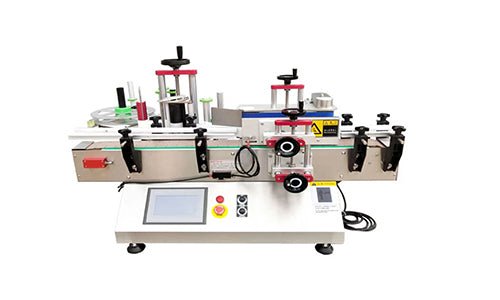
How a fully automatic labeling machine works?
Share
1. It automatically feeds labels from the label roll or stack and transports them to the labeling position.
2. It detects the product to be labeled using sensors and activates the labeling process at the correct product position and orientation.
3. It applies the adhesive labels onto the products accurately at high speed. The labels can be applied to the top, side or bottom of the products.
4. It uses tamp pads or rollers to firmly adhere the labels onto the products.
5. It controls the entire automatic labeling process through a programmable logic controller (PLC) and touch screen interface.
6. It can work synchronously with the production line conveying system to label the products during production automatically.
7. Some fully automatic machines also have the function of automatic quality inspection to check if the labels are accurately positioned.
8. It helps manufacturers improve production efficiency, reduce cost and achieve consistent high quality labeling.
In short, a fully automatic labeling machine can complete the entire labeling process for different kinds of products automatically with high speed and precision. It largely reduces the need for manual labeling and improves productivity.

